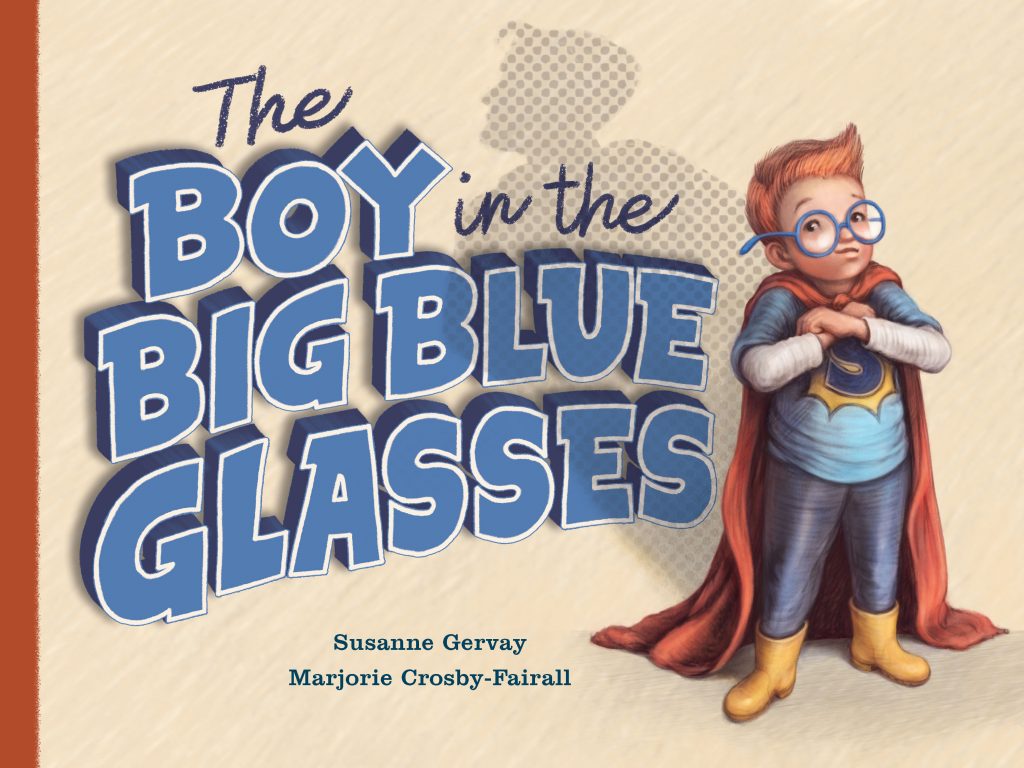
Susanne Gervay grew up in Sydney, Australia, as the child of Hungarian refugees. It wasn't easy being part of a family that had experienced war, loss and had emigrated to a country where they didn’t speak the language. Fortunately, books were always there to bring her comfort and encouragement. As a result, her children’s books are all about empowering children and bringing them hope in tumultuous times.
Susanne has been immersed in the world of children’s literature for over 20 years and has accumulated many awards for her work, including the Order of Australia, and the Lifetime Literature Award for her body of works on social justice for children. Her heartfelt picture book, The Boy in the Big Blue Glasses, is all about embracing difference and adapting to change. Read more about her experience of writing and publishing this book below!
What inspired you to write The Boy in The Big Blue Glasses?
As a writer, I believe if you come from an authentic place, you will write something that is special. Growing up with glasses was difficult. They fall off. Hurt your nose. You can’t see anyone when you’re swimming at the beach and you can’t wear them in the surf. Vision impairment compromises your life and people would say I was clumsy. I didn’t realise I couldn’t see very well. You are seen as uncooperative, withdrawn and are misjudged. Vision impairment is so slow, that you don’t realise you can’t see. When my gorgeous 5-year-old red-haired grandson got glasses, he didn’t want to wear them. He thought no one would recognise him with them on. His self-esteem plummeted. So that sparked the story The Boy in the Big Blue Glasses.
What was it like working with an illustrator?
Marjorie Crosby-Fairall is an extraordinary illustrator. But more than that she understands narrative illustration. She added humour and visual prompts that enhanced the story. She created Sammy, a character that we empathized with, who brought the whole array of feelings to the page – joy, adventure, fear, insecurity, anger, determination, and heroism. In other words, it was a privilege to work with Marjorie.
A key thing is NOT to direct the illustrator what to do. I gave an overview of my concept and the underlying themes. Then gave little editorial comments as they came to hand, but it is her artistic work and interpretation that has to be the driver. When Marjorie’s illustrations were incorporated into The Boy in the Big Blue Glasses it became a work of wonder.
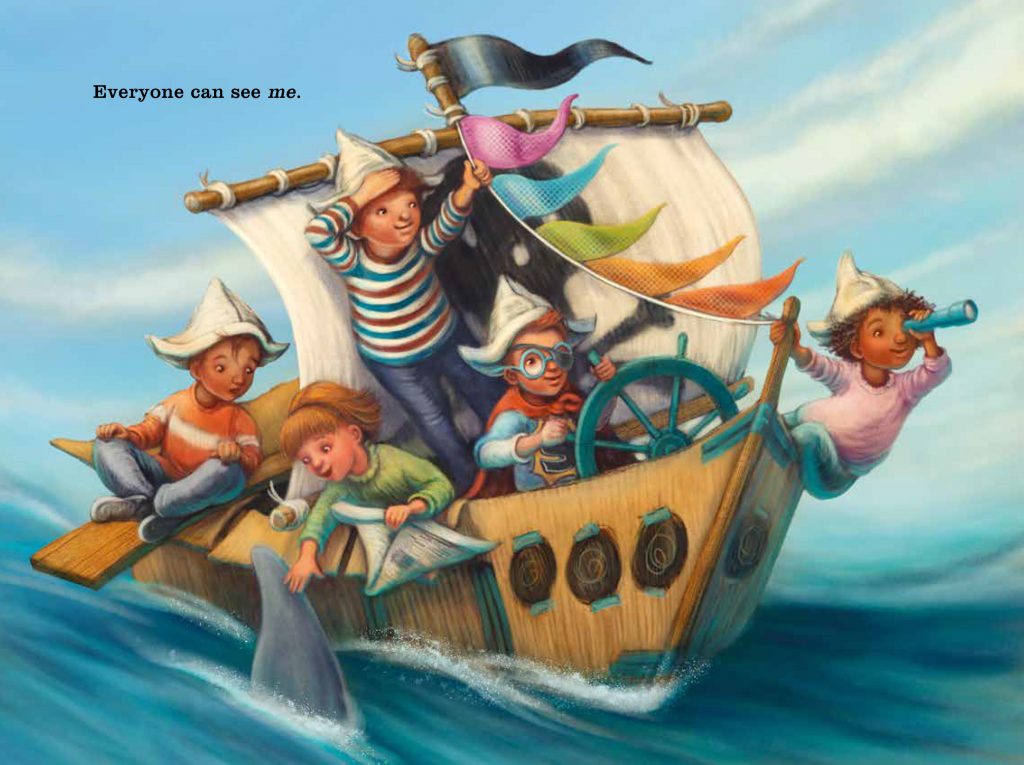
What did you wish you knew before you got your book published?
That I was very fortunate to be able to work with my illustrator. Many publishing houses do not allow this. However, for me, the collaboration was instrumental to the success of the book. This often does not happen.
I already knew as a published author, that I was a partner in the process in all aspects. So, I was prepared to partner with the publisher in marketing and whatever they ask you to do. It was a joyous experience.
Where there any parts of the publication process that surprised you?
Every publishing house is different with a different process. I was surprised by the collaborative approach of EK Books where the publisher, illustrator, designer (at the last stage) and author, worked together. At times in publication, the process is segregated, and the author is connected to the editor only. So, everything that eventuates is a surprise. You often just wait and wait. It can be upsetting. We need information just to connect to the process and feel our work is progressing. The amount of editorial can be intense. Be grateful for that interest, as you want the best book possible.
What qualities, in your view, makes a good children’s book author?
I am going to list this as this is really important: -
- Be on time for editorial deadlines.
- Keep your vision but ...
- do NOT block your mind to editorial comments/changes
- A good editor is a gift on the journey with you
- Argue a point with an editor if you regard it as important
- Do not get focussed on small changes
- Work on your craft in the editorial process
- Have a social media presence
- Participate in the marketing
- Extend marketing through secondary markets for example articles and online interviews.
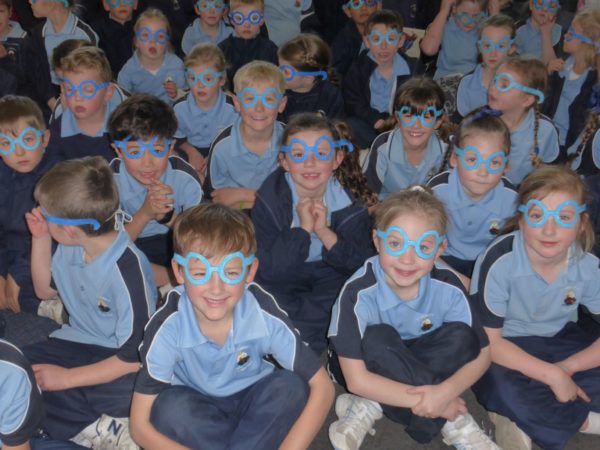
What advice do you have for aspiring children’s book authors out there?
- Being a children’s book author is about community and craft. You should join the children’s book community through organisations like The Society of Children’s Book Writers & Illustrators (SCBWI). It is where you will find craft, friends, support, critique groups and the children’s book industry, otherwise, you are on your own, and that is very hard.
- When you write something, it is NEVER lost. It may be rejected, criticised, incomplete, but it is your resource centre. Keep it and use parts in other works. Maybe rework that piece and improve it.
- If you are lucky enough to get a rejection with an editor’s comments, read them carefully. Look at your work and make it better before you send it out again.
- Understand the market BEFORE you send out work. Know when publishing houses are open and what they publish. For example, EK Books have a clear brand: “Books with Heart on Issues that Matter.” Do not send a young adult vampire story. Look at their website. Check their books out online and in bookshops. Talk to your writing community and discuss what is happening in the industry.
- Check out the smaller publications, magazines, opportunities for submission and build up your CV with published works.
- Now that you are in the children’s network, go to book launches, write reviews, support authors. You will find they will support you too.
- It is a rocky and hard career filled with ups and downs. Happiness is getting a commendation, a story published, a book. Emotional struggle is being faced with rejection, harsh critiques, dismissal. However, the exploration of story, friends and the immersion in children’s literature is well worth the journey.


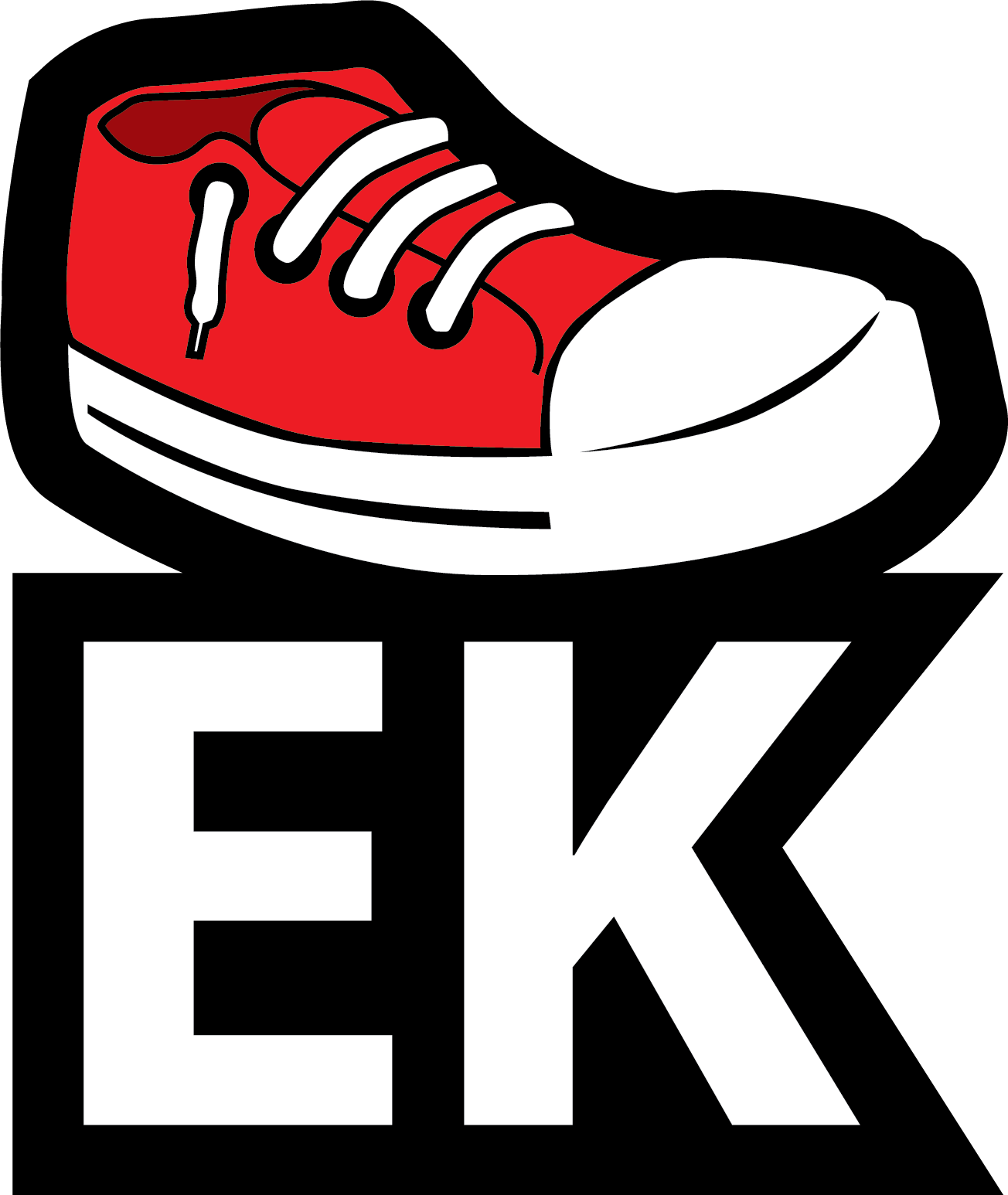
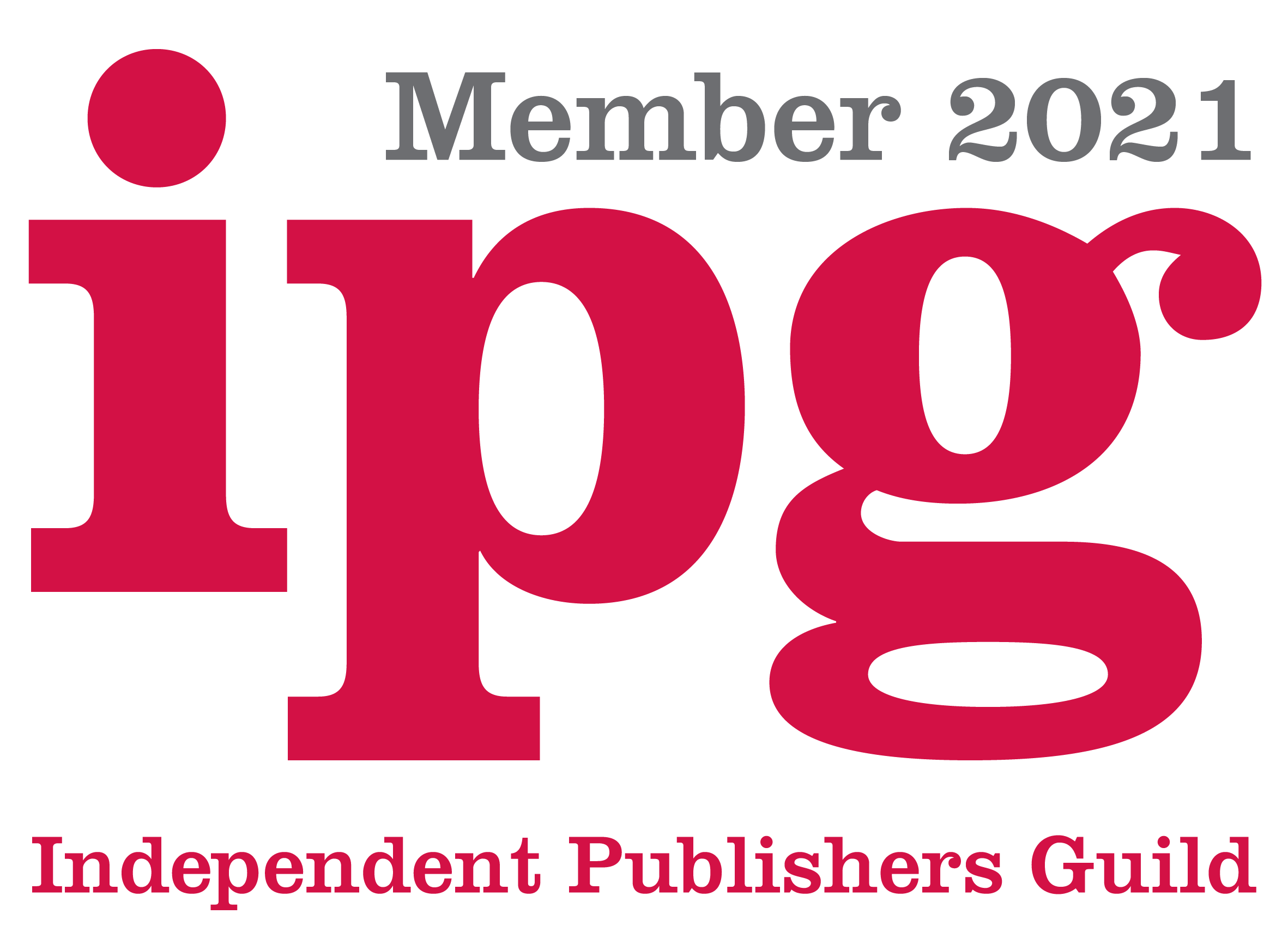
An honest and open article about writing for children that gives great advice that shows the struggle and rewards of the journey of being a children's author.